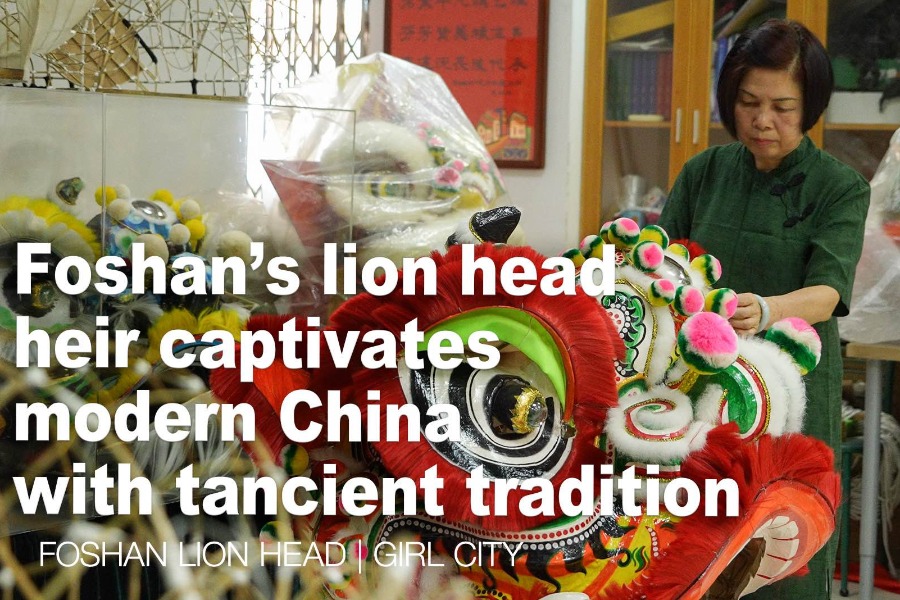Giving the country's smaller museums a boost


More effort should be given to the development of small- and medium-sized museums, according to Wang Ruixia, a deputy to the National People's Congress, who is also a researcher at the Qingzhou Museum in Shandong province.
Small- and medium-sized museums make up a large proportion of China's museums. Most have distinctive collections, making them one of the most easily accessible cultural venues.
Wang said that the number of local visitors to these museums has been increasing, reflecting the growing popularity and heightened awareness of museums among the public.
"This phenomenon is closely related to the strong support that small- and medium-sized museums have received in recent years," she said.
But she also pointed out some are progressing slowly in terms of infrastructure improvement, with many lacking updated exhibition equipment and content, causing them to fall short in terms of public satisfaction.
She expressed the hope that governments at all levels would continue to focus on the renovation of infrastructure, nurturing professional research capabilities, and enabling the museums to better serve broader economic and social development goals.
She said Shandong has more than 33,000 immovable cultural heritage sites, ranking first in the country, and its number of movable cultural relics is also among the highest nationwide. As of 2024, there were 839 museums in the province, with 32 being first-level museums.
Shandong leads the country in both the quantity and quality of its museums, with museums playing an increasingly important role as platforms for cultural dissemination, she said.
"The cultural artifact work in Shandong is a microcosm of artifact preservation efforts nationwide. Through years of continuous efforts, China's cultural heritage conservation has made significant progress, and played an increasingly important role in driving economic and social development."
Wang stressed the importance of infusing cultural and artistic endeavors with elements of artifacts. By doing so, these artifacts are transformed into valuable resources for aesthetic education, enhancing their recognition and revitalizing their essence.





































